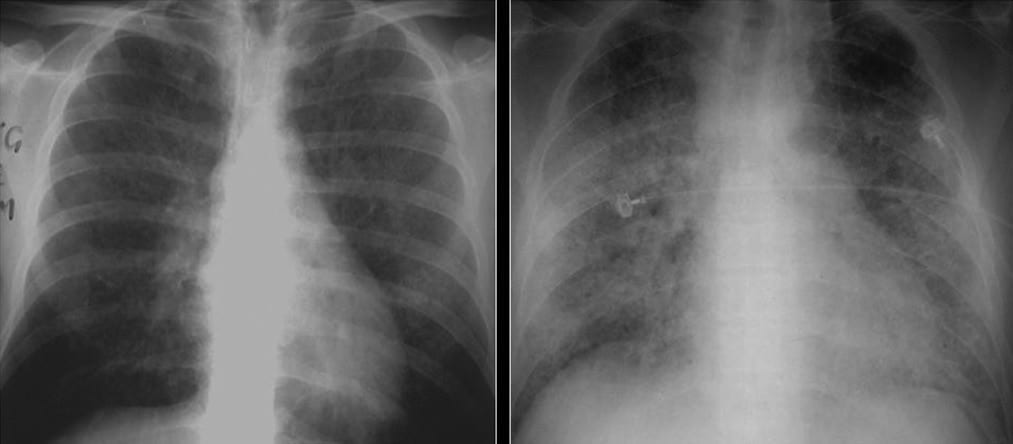Editor’s Note: We believe that patients are a key part of developing and leading the conversation in disease communities. Patient Worthy sometimes partners with reputable agencies that wish to speak with patients about opportunities related to their diagnosed conditions. These opportunities can include activities such as sharing stories with other patients or health professionals about their diagnosis journey or recording video testimonials. To learn more about how to get involved with an opportunity for lung cancer patients, click here.
When Clair Kennedy was first diagnosed with lung cancer, people began speaking to her about her history of smoking. “Oh, I didn’t know you smoked!” became a common refrain. Kennedy had to begin stepping in, telling people that she had never been a cigarette smoker. According to an article in The Telegraph, later published on MSN, Kennedy, who was 43 years old when diagnosed, falls into a greater community of people with lung cancer who have never smoked cigarettes.
Discovering Cancer in Women
At first, her non-smoking history even prevented doctors from believing that she had lung cancer. Kennedy spent more than 18 months battling back pain that just wouldn’t go away. After contracting coronavirus, her breathing worsened. But doctors didn’t think it could be cancer. It wasn’t until further X-rays and testing that doctors discovered two things: Kennedy had broken her back in three different spots, and she had stage IV lung cancer that metastasized to her bones.
Similarly, Alix Burnard, 28 years old at the time of diagnosis, had never smoked a cigarette. Her symptoms began with extremely swollen lymph nodes and severe breathlessness. She lost more than 10kg (22 pounds). When she thinks back on her life, she sees it “end”, in a way, at her diagnosis. Burnard was no longer able to undertake her career and her hobbies, and maintain her friendships, while managing her condition.
Both women affirm the need to reduce the stigma associated with lung cancer. So many people view lung cancer as fully preventable but that is not always the case. 25% of lung cancer diagnoses occur in people who are non-smokers. In fact, in this particular subset of patients, they are also typically women under 50 years old. Cases of lung cancer in non-smoking females has also risen by 32% since the early 1990s in the United Kingdom, whereas the incidence of lung cancer in the same area has overall decreased by 9%. Some hypothesize that this results from increased air pollution, though a more concrete determination has yet to be made.
Though both women can be treated with ALK+ targeted therapies, more research is needed to better understand growing lung cancer rates and how we can best assist those affected.
What is ALK+ Lung Cancer?
Anaplastic lymphoma kinase (ALK) positive lung cancer, or ALK+ lung cancer, results from ALK gene mutations. This cancer, which falls under the greater umbrella of non-small cell lung cancer (NSCLC), is most common in individuals under 55 years old and those who are non-smokers (as described above). Due to advances in targeted treatment options, individuals with ALK+ lung cancer are living longer. However, better diagnostic methods are still needed as many individuals are not diagnosed until stage IV (when the cancer has spread). When symptoms appear, they may include:
- A persistent cough
- Shortness of breath and/or difficulty breathing
- Bloody sputum
- Wheezing
- Hoarseness
- Chest pain that worsens when coughing or laughing
- Unintentional weight loss
- Appetite loss
- Fatigue
Treatment options include chemotherapy, targeted therapy, and ALK inhibitors such as Alunbrig, Zykadia, and Xalkori.
Editor’s Note: We believe that patients are a key part of developing and leading the conversation in disease communities. Patient Worthy sometimes partners with reputable agencies that wish to speak with patients about opportunities related to their diagnosed conditions. These opportunities can include activities such as sharing stories with other patients or health professionals about their diagnosis journey or recording video testimonials. To learn more about how to get involved with an opportunity for lung cancer patients, click here.







